
No-Drip Brake Bleeder
Mark SimpsonEarly cars used mechanical means of activating the car’s brakes, whether the brakes were cable-operated or used metal rods and levers. These systems proved very effective when properly adjusted. But there were limitations to these early systems, and they notoriously required a fair amount of effort to stop a car.
All of that changed when hydraulic brakes were invented in 1918 and first fitted to a 1921 Duesenberg Model A car. These new brake systems allowed newer, heavier, and more powerful cars and trucks to stop nearly effortlessly; by 1940, nearly all US auto manufacturers had switched to hydraulic brakes.
Bleeding your brakes is a necessary part of any classic car restoration or maintenance. Whenever the hydraulic brake system is opened, air is introduced into the line and because air is “compressible,” the brake effectiveness will be compromised.
To remove the air, the brake bleeder at each wheel must be opened to evacuate the air in a process known as bleeding the brakes. The only drawback is DOT 3 & 4 brake fluid is nasty stuff that can strip the paint right off newly refinished components, not to mention the serious health risks should it come in contact with your skin, mouth, or eyes.
We join Mark Simpson in the shop as he shares a helpful tip to open and close brake bleeders without making a ruining the finish on your freshly painted chassis components or leaving a mess on your shop floor. We’re certain this is one tip that will help you enjoy your time in the shop.
Explore videos by Mark Simpson
You may be interested in
Premium Membership
Unlock exclusive member content from our industry experts.
- 24/7 Access to Premium Videos, Tips, and Techniques
- Step-by-Step Instructional Demos, Guides, and Tutorials
- 50% Off Video Downloads Purchased in the Classic Car Restoration Shop
- Access to Ask the Expert Program
Unlock exclusive member content from our industry experts.
- 24/7 Access to Premium Videos, Tips, and Techniques
- Step-by-Step Instructional Demos, Guides, and Tutorials
- 2 Full-Length Video Downloads to Watch Offline
- 50% Off Video Downloads Purchased in the Classic Car Restoration Shop
- Access to Ask the Expert Program
Gold Membership
$304 Value
Get everything included in Premium plus exclusive Gold Membership benefits.
- 24/7 Access to Premium Videos, Tips, and Techniques
- Step-by-Step Instructional Demos, Guides, and Tutorials
- 10 Full-Length Video Downloads, added to your account, to Watch Offline
- ‘Wheel Bolt Circle’ Downloadable Guide, added to your account
- Discounts on Purchase-to-Own Content in the Classic Car Restoration Club Shop
- Access to Ask the Expert Program
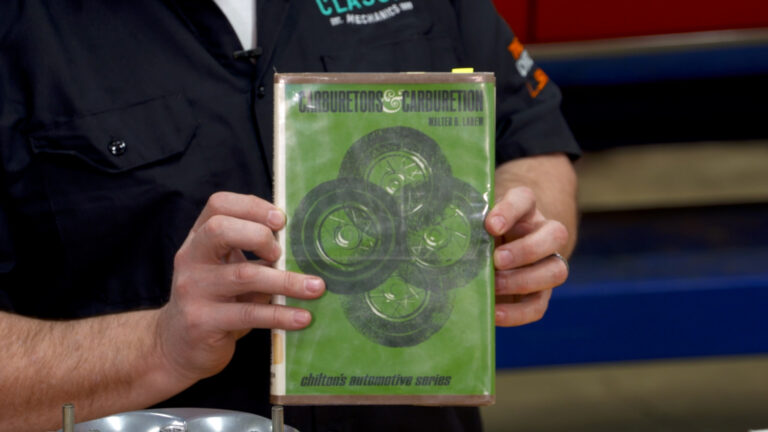

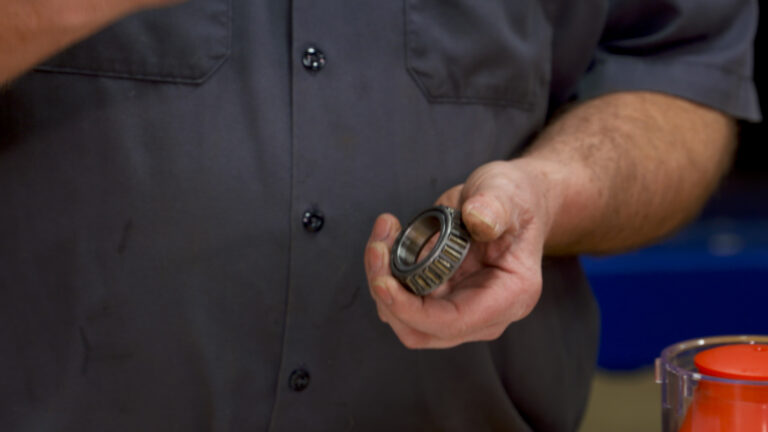
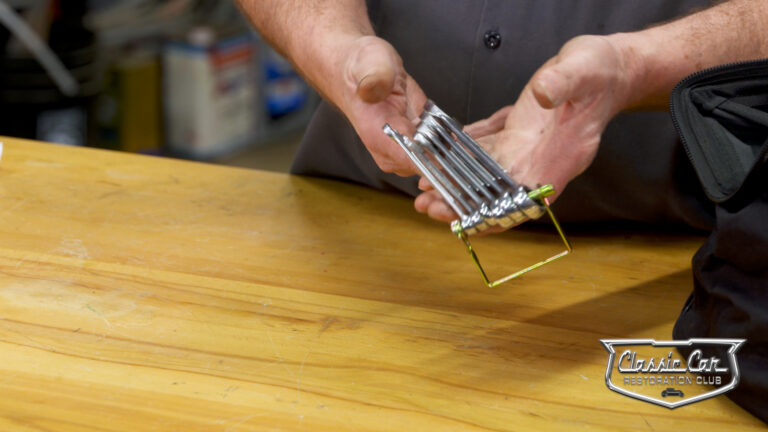
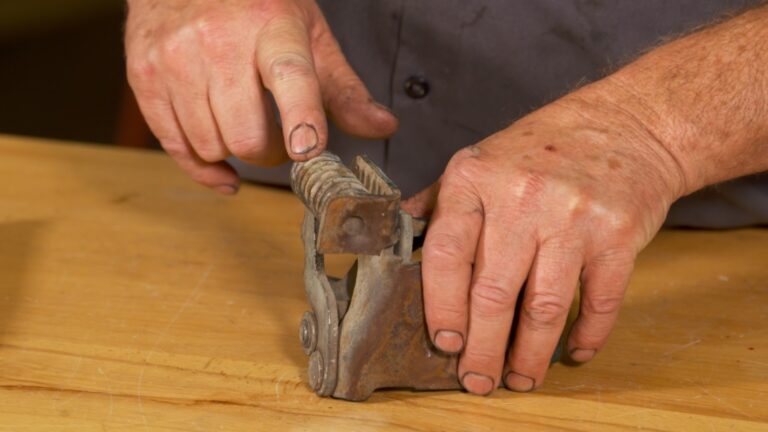

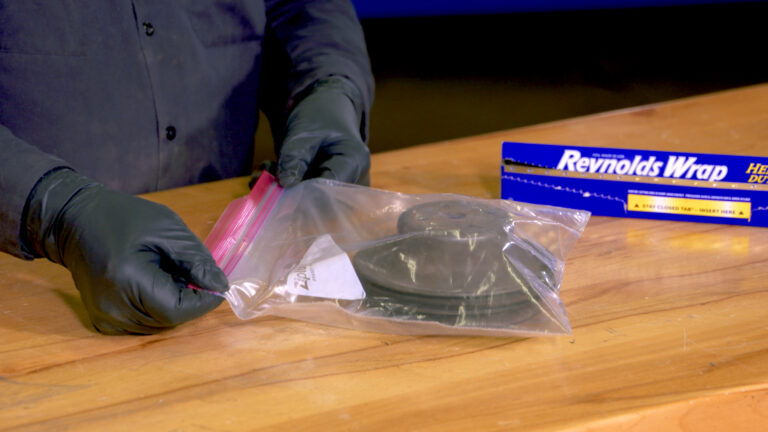
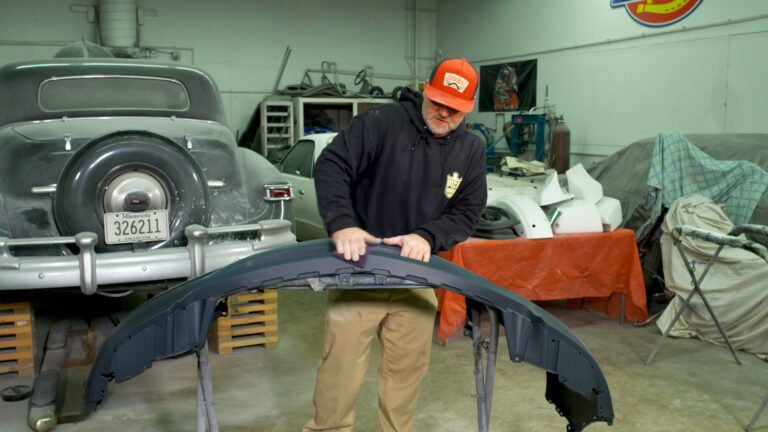
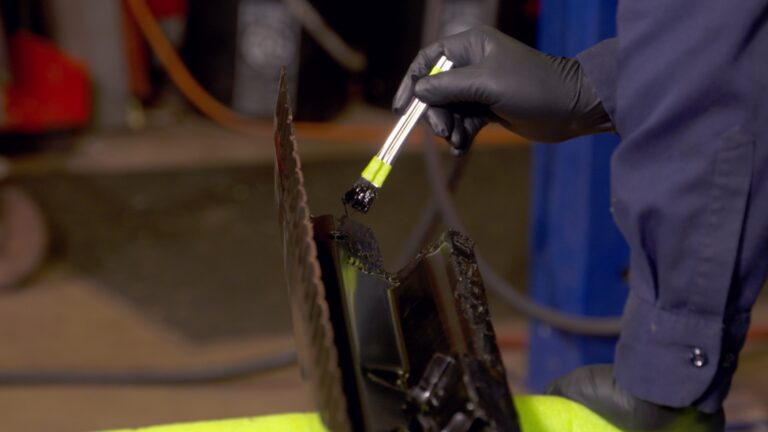
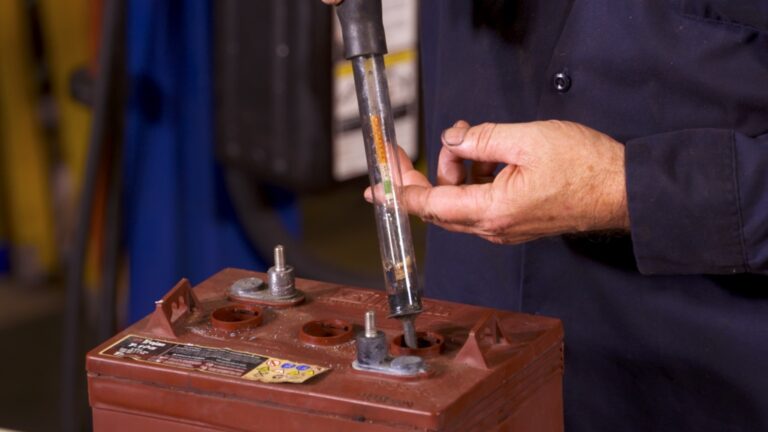

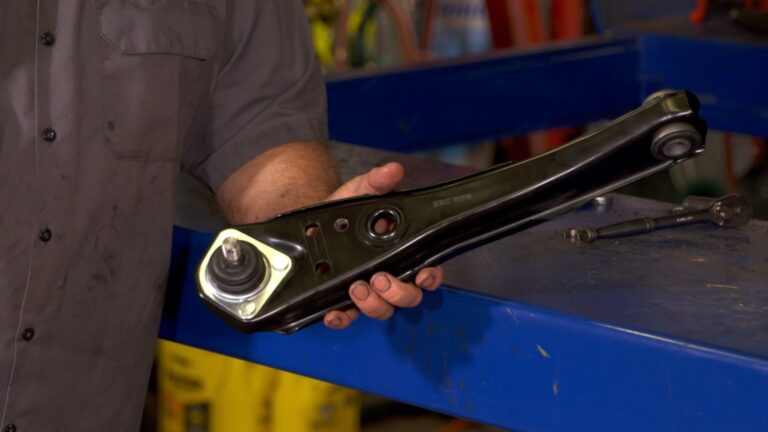


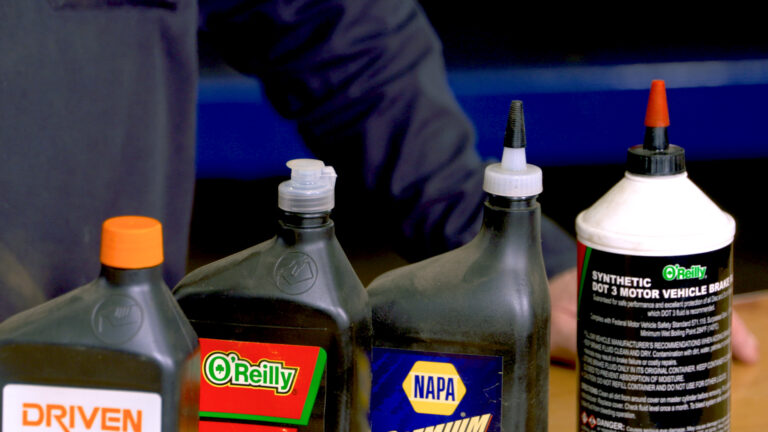
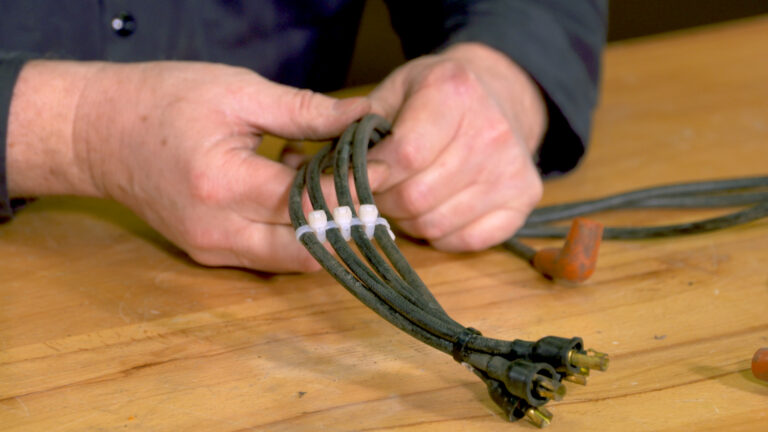
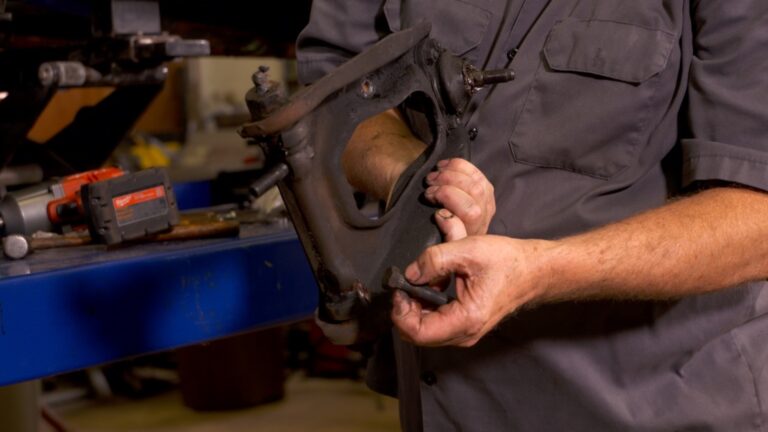


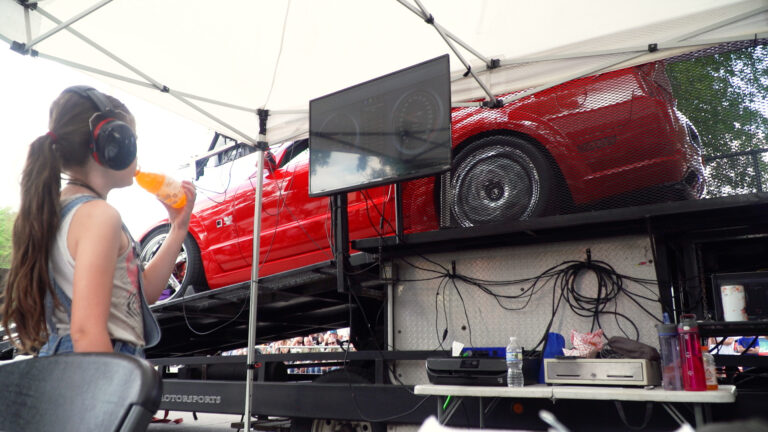
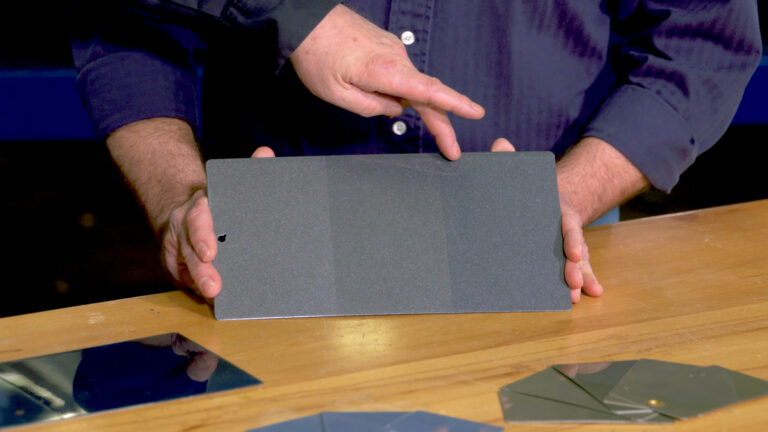
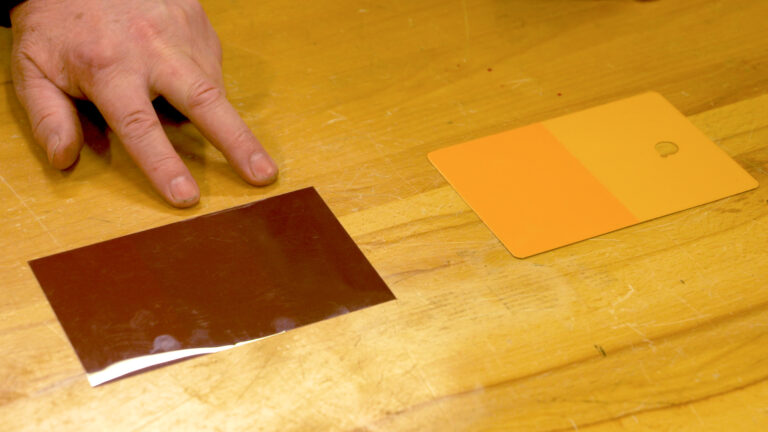


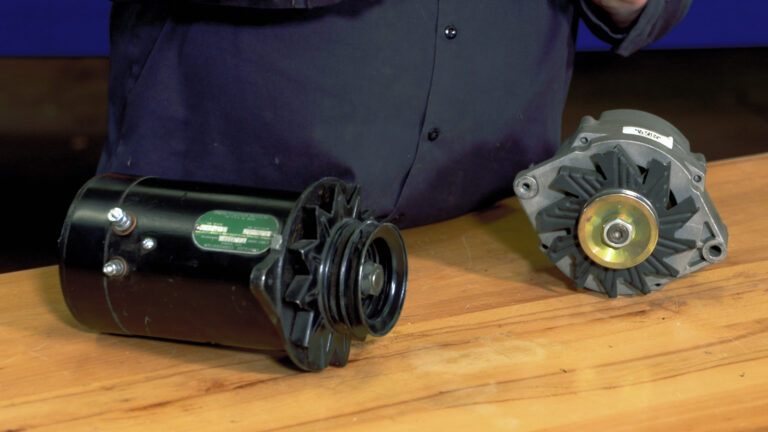

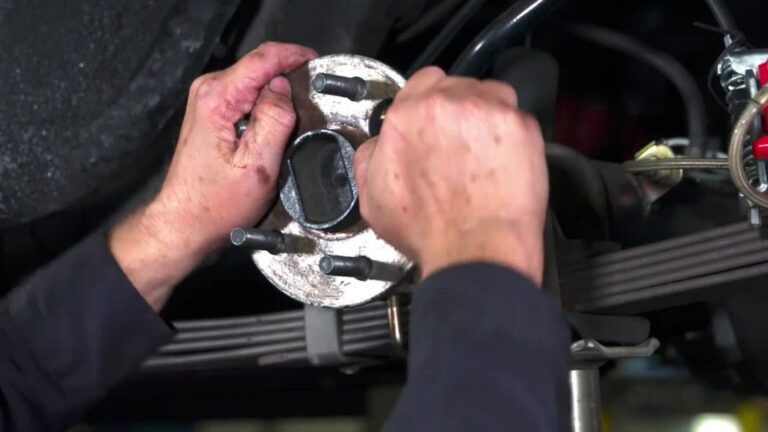
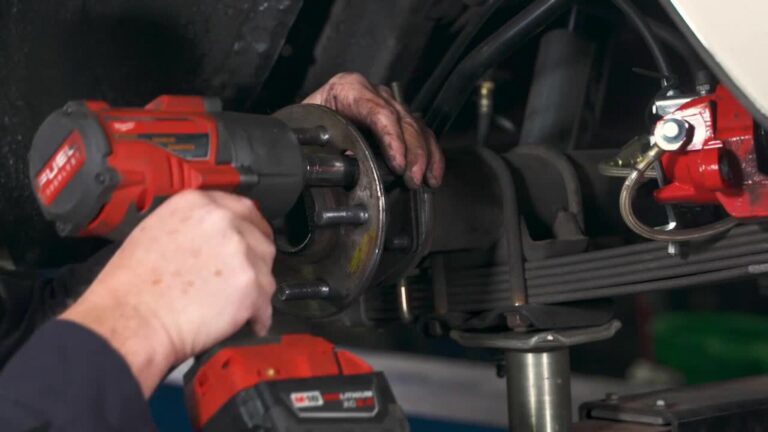


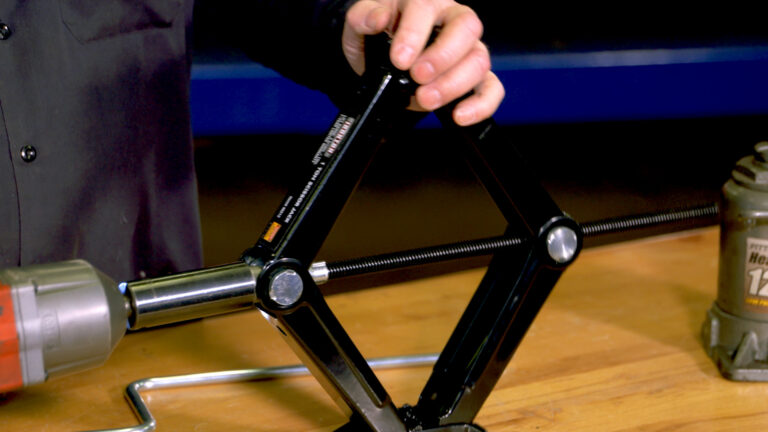
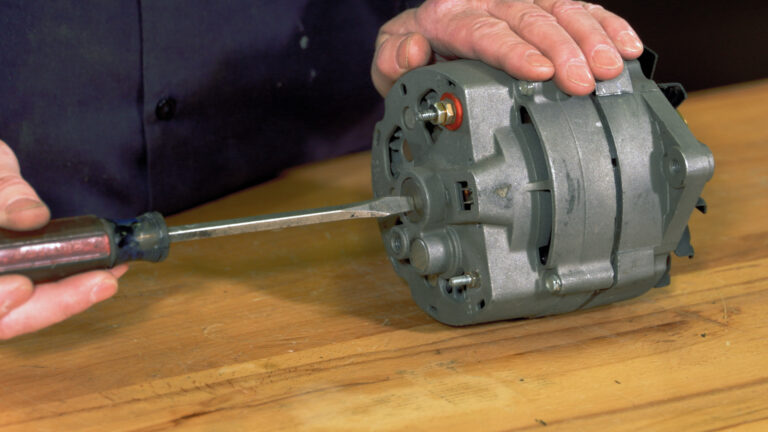

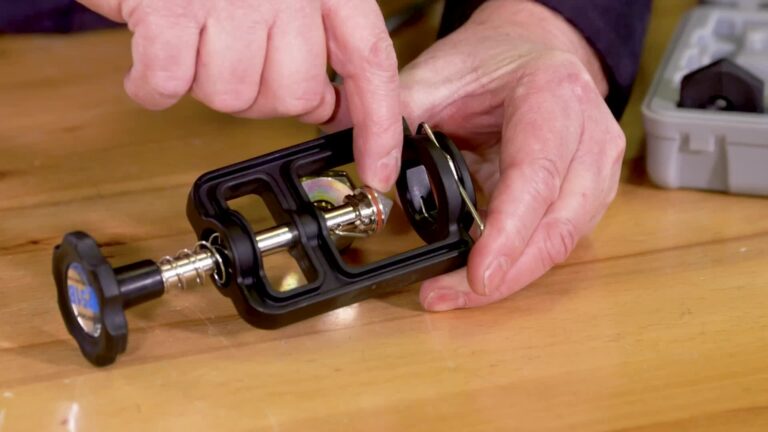

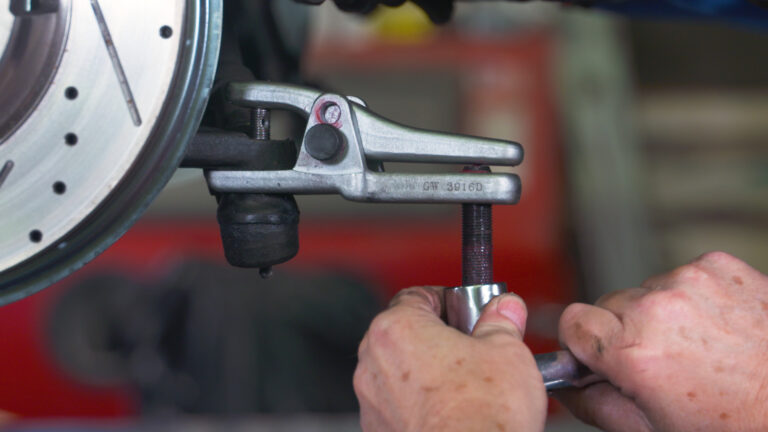


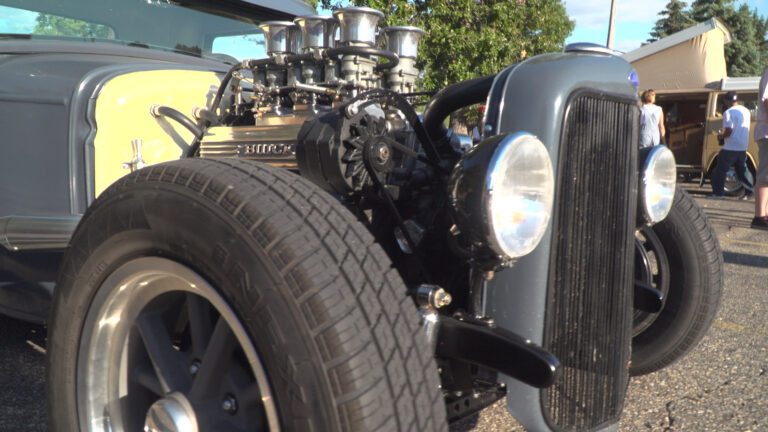




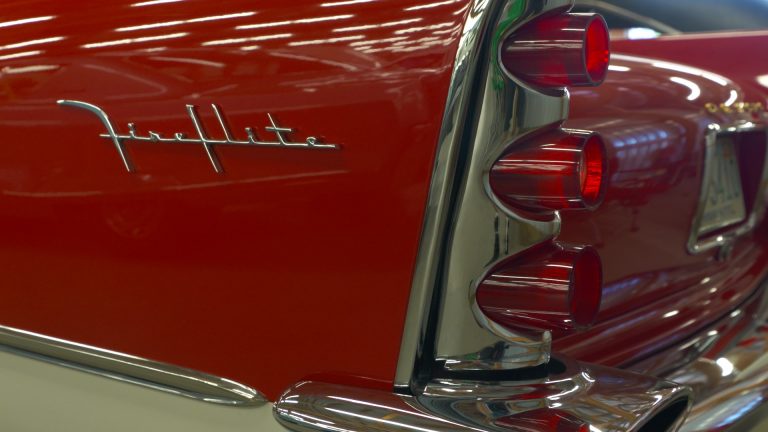
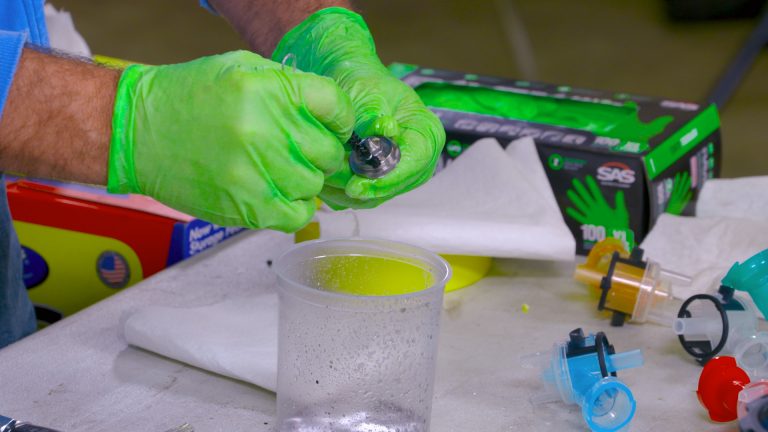
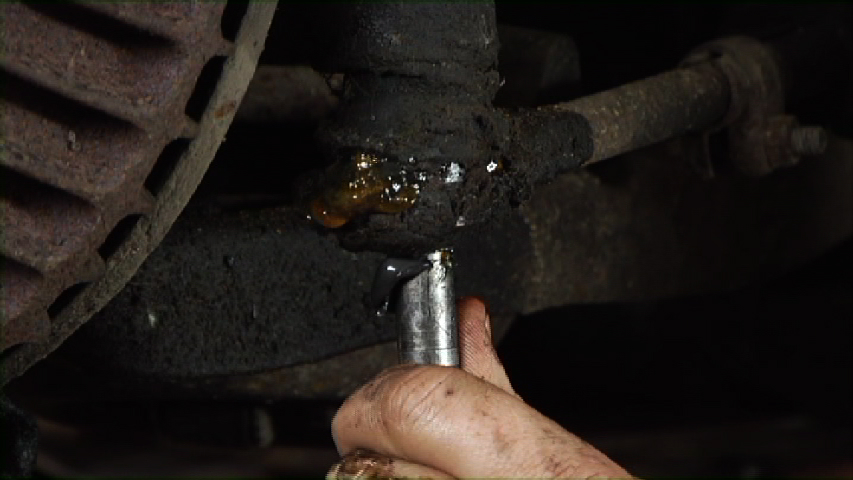

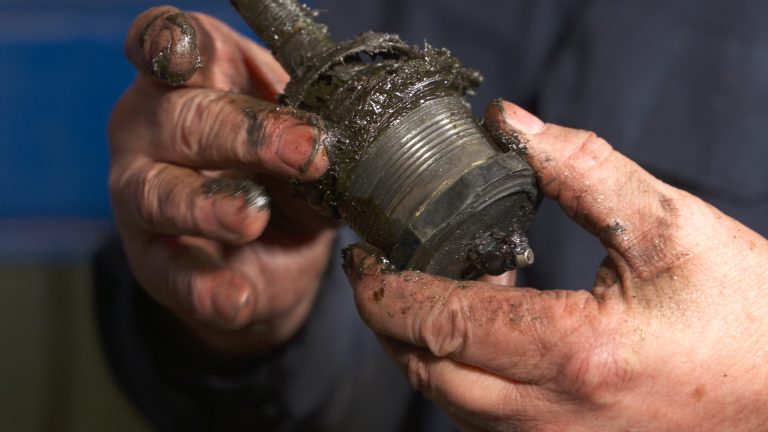
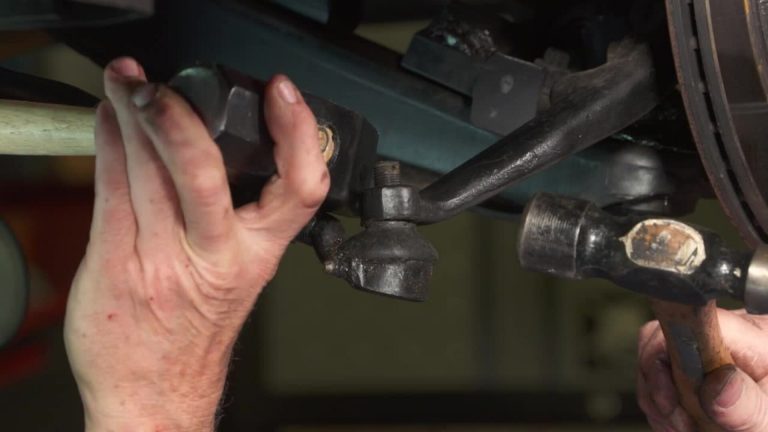
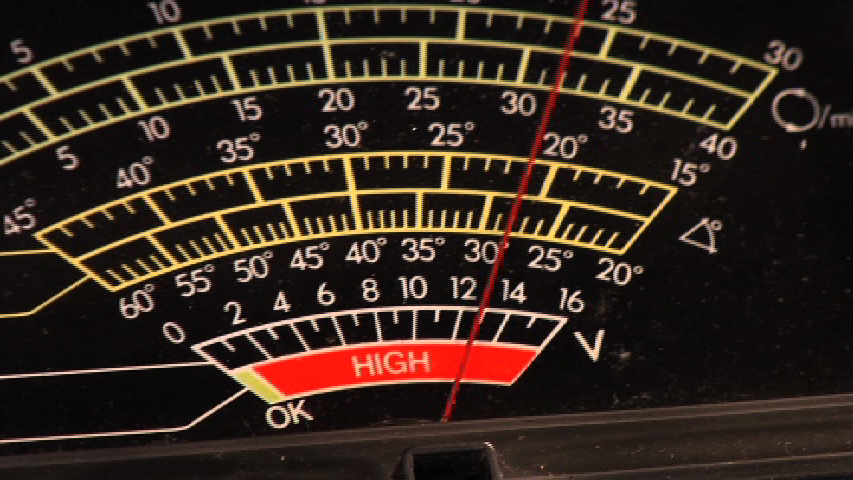

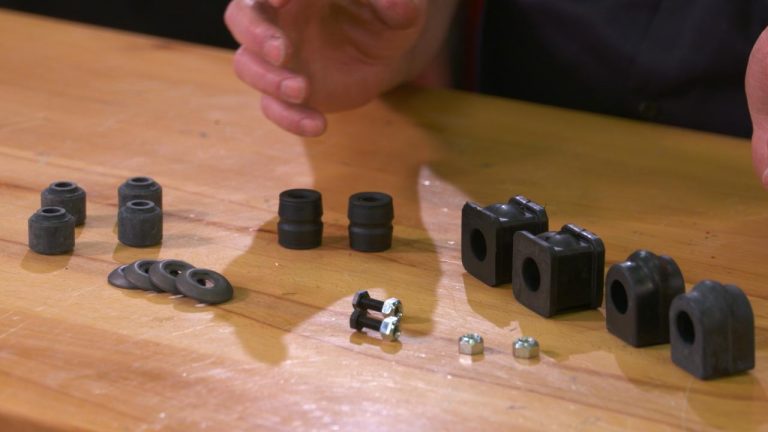

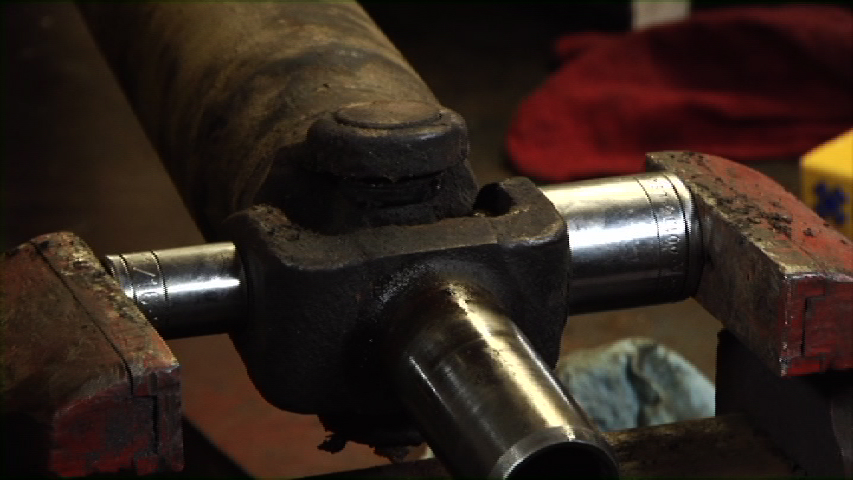
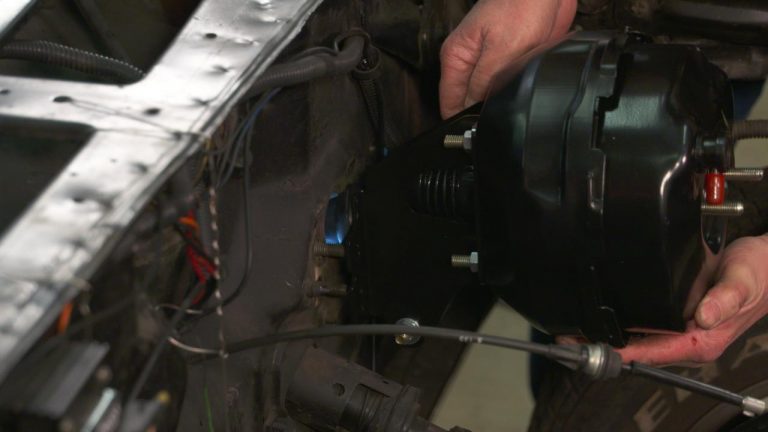

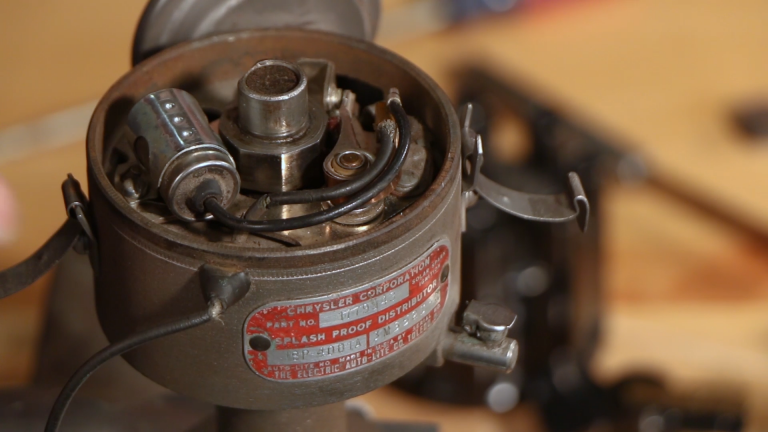

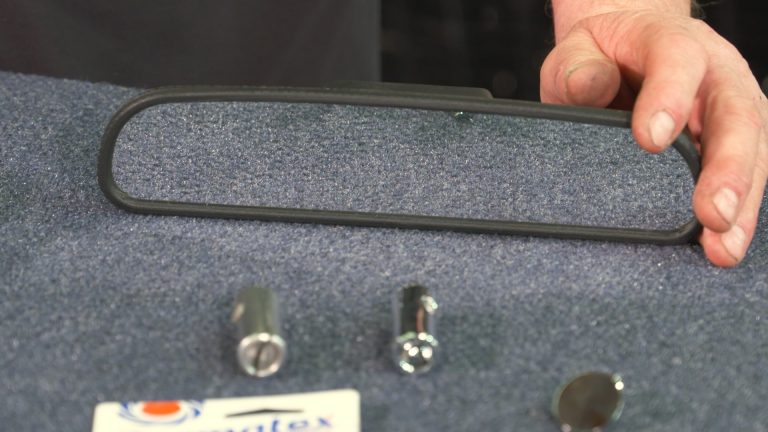
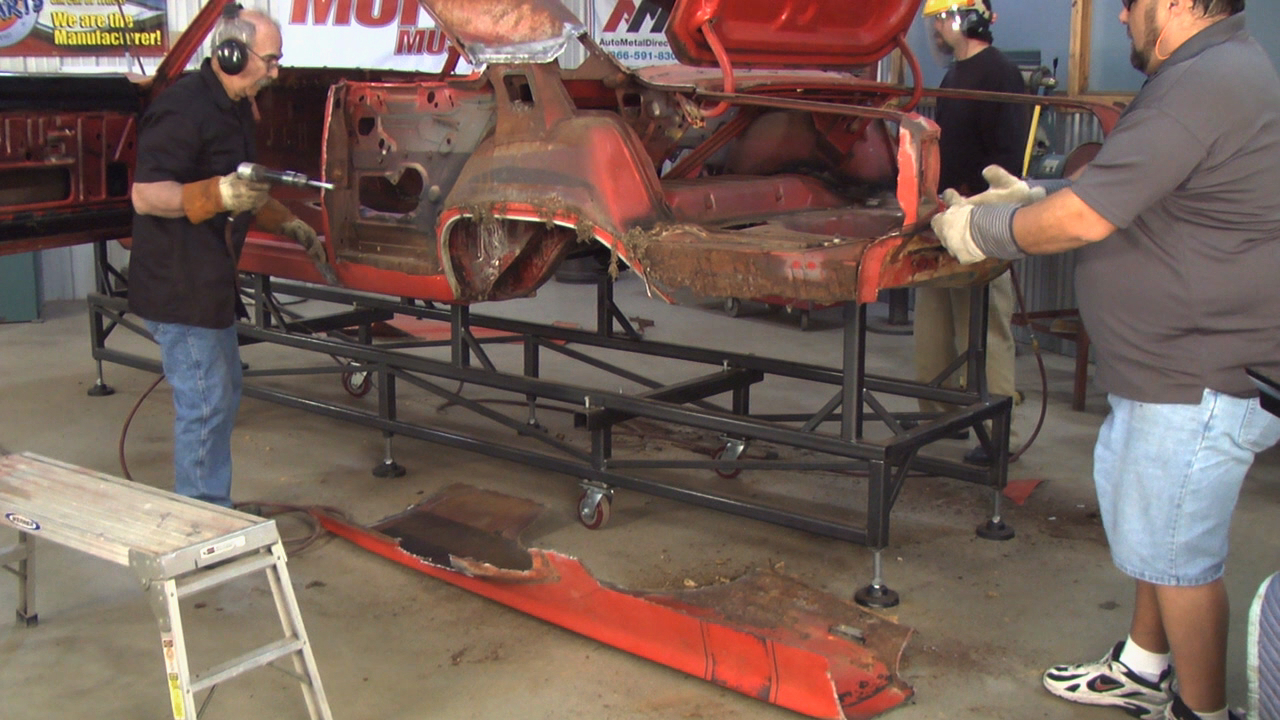
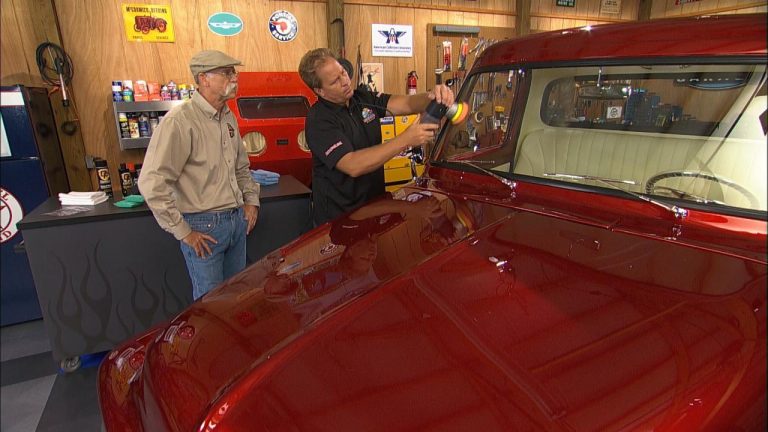

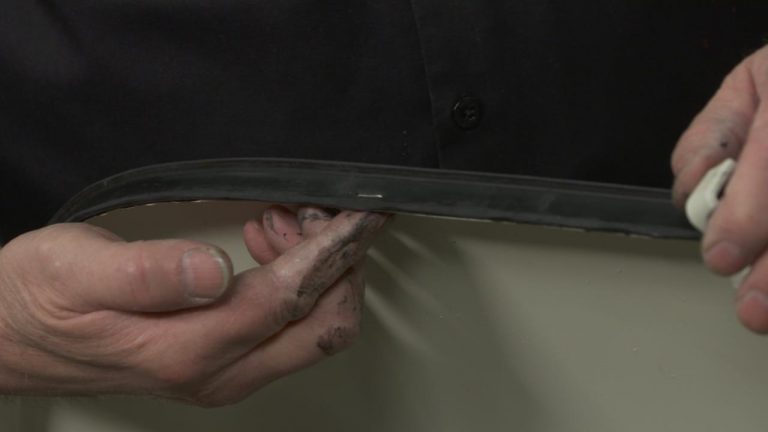
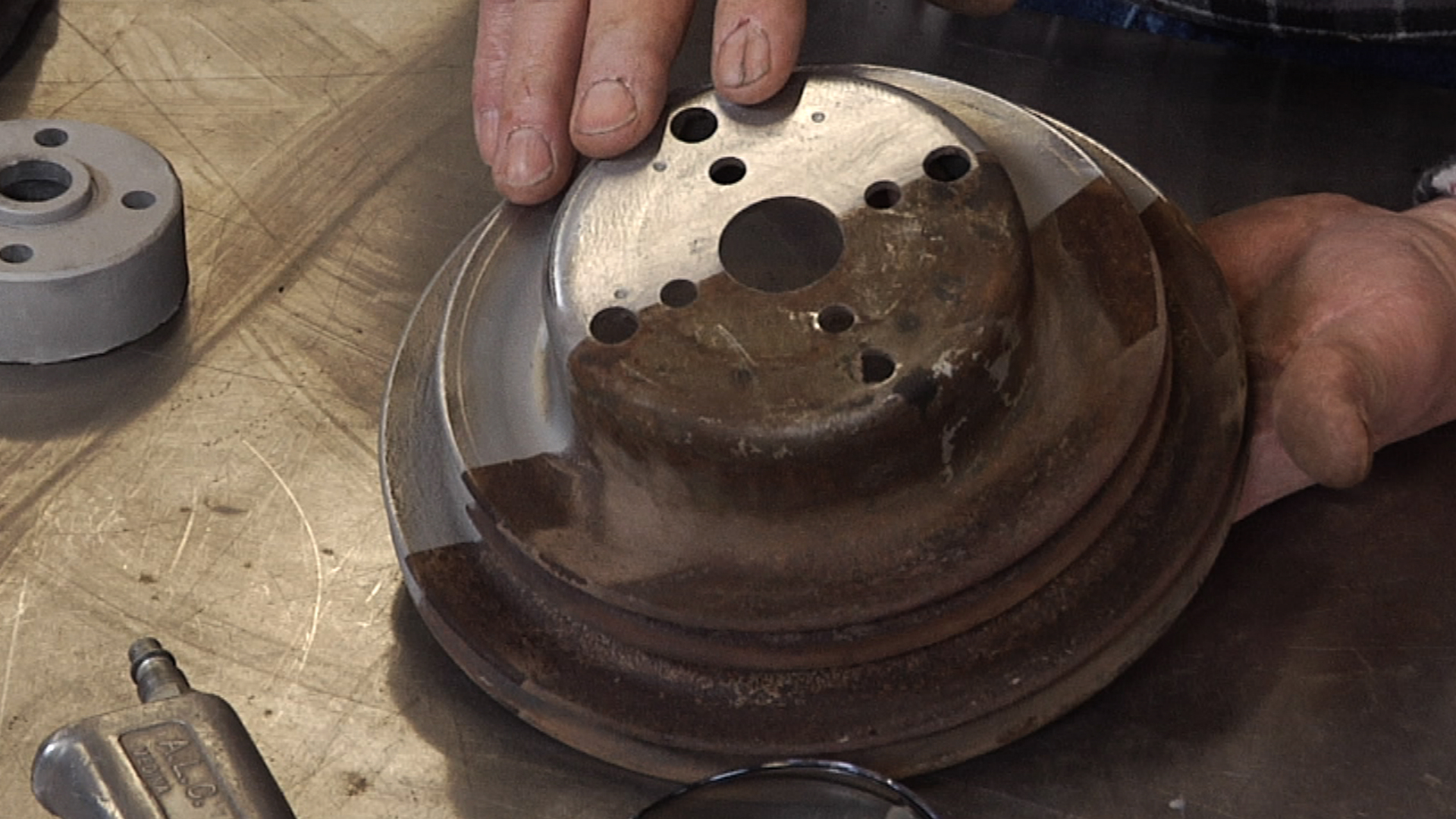
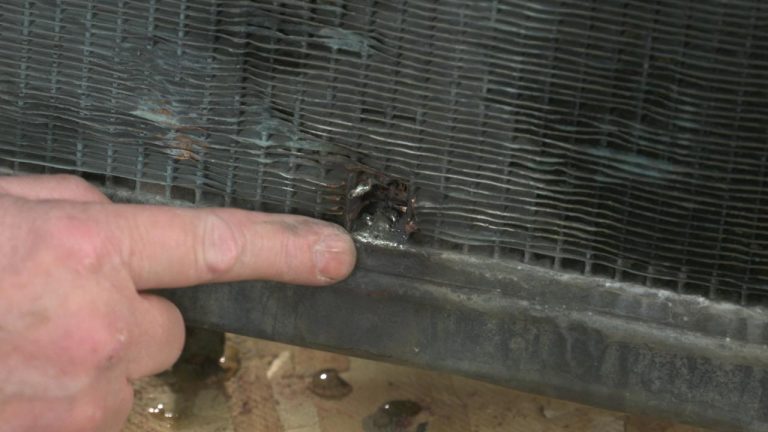

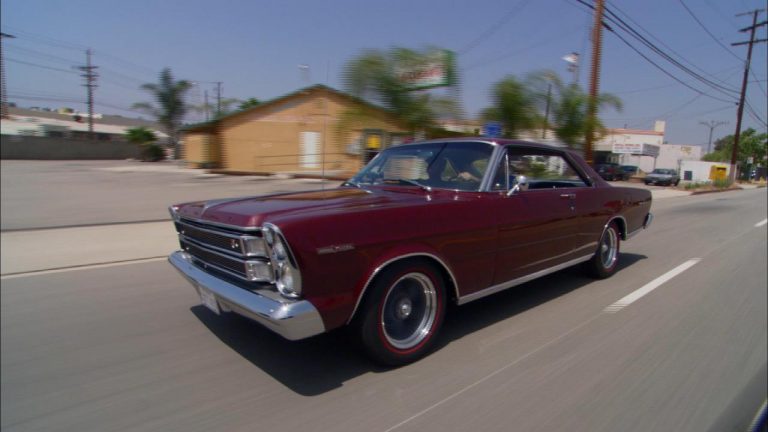
Share tips, start a discussion or ask one of our experts or other students a question.
Already a member? Sign in
No Responses to “No-Drip Brake Bleeder”